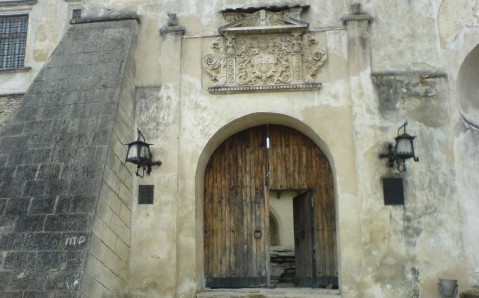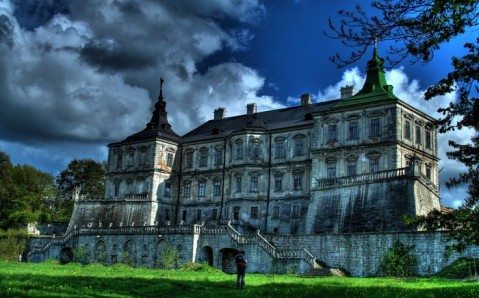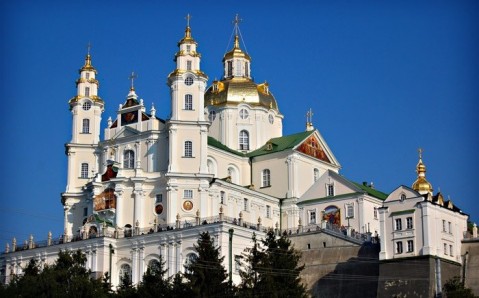The Olesko Castle
pgt. Olesko
This is the oldest building in western Ukraine, and one of the best-known castles that had been reconstructed from ruin. For over six centuries, the castle has been soaring on a 50-meter (164 feet) high hill, protecting memories of crucial historical events that it had witnessed and participated in. Today, a museum occupies the castle, exhibiting unique works of art.
The exact year of the castle's origin is unknown, but its first historical mention is in 1327. At that time, the fortress passed into the possession of Prince Yurii, who was invited by boyars to take the Halych-Volyn throne. The Olesko Castle was located on the border of Volyn and Halitia, which made it strategically important: the fort played a key role in the battles among Lithuania, Poland, and Hungary.
The castle was destroyed many times. Each time, however, it was restored from its ruins, changing the appearance, structure, and character of its fortifications. Throughout the centuries, the castle had many owners: Volyn magnates, Lithuanian princes, and Polish kings.
The castle went into Poland’s history as the place of birth of King Jan III Sobieski, who freed Vienna from the Ottomans. Legends say that the future Polish monarch was born during a terrible storm. The table on which the newly born was laying cracked from the roar of thunder, and those around the newborn prince immediately predicted might and power for him. Years later, Jan III became the owner of the castle. He renovated the building and turned it into a 'chamber' castle, where he gathered an impressive collection of artworks.
In the 19th century, after two big fires and a powerful earthquake, the fort was almost completely destroyed. Only in the middle of the 20th century was the castle restored, returned to its original appearance, and turned into a museum. Nowadays, there are over 500 artworks from the 13th - 19th centuries in its collection. Among them are impressive battle paintings, created by famous artists on the request of hetmans and kings, and unique icons. The museum also possesses the largest collection of three-dimensional wooden sculpture in the country. The castle’s ancient interiors are exhibits in their own right.
A large park with rare trees, created by Jan Sobieski in the 17th century, is a part of the Olesko Castle reserve, as well. The traces of old paths, sculptures, and fountains remain on its territory. Near the castle stand buildings of the Capuchin monastery, built in the 18th century. In the yard of the monastery is a small park, where one can admire medieval gravestones and sculptures.
Getting here. You can get here from the Lviv bus station №2 on a taxi or bus, going in the direction of town Boroda (1.5 hours, 20 UAH)

 Western
Western









